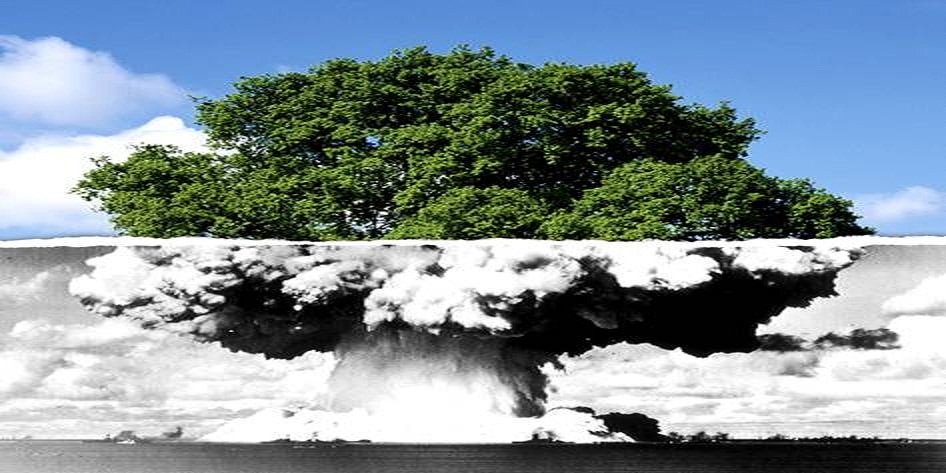

Nuclear power is a proven, safe, plentiful and clean source of power generation, and Westinghouse Electric Company, the pioneer and global leader in nuclear plant design and construction, is ready with the *AP1000™ pressurized water reactor (PWR). It is the only Generation III+ reactor to receive Design Certification from the U.S. Nuclear Regulatory Commission (NRC). The AP1000, based on the proven performance of Westinghouse-designed PWRs, is an advanced 1154 MWe nuclear power plant that uses the forces of nature and simplicity of design to enhance plant safety and operations and reduce construction costs.
2. ABWR
The Advanced Boiling Water Reactor (ABWR) already has an impressive track record. In Japan, four ABWR units are in operation; another three units are under construction in Taiwan and Japan, and nine more units are planned in Japan. It is feasible that an ABWR plant could be built in the United States and be commercially operational by 2012.
ABWR is a direct cycle BWR that reflects 50 years of continued evolution from GEH's initial BWR concept. It combines the best features of GEH's worldwide BWR fleet with advanced technology enhancements, such as digital controls, that improve performance and longevity. The ABWR design is already licensed in three countries: the United States, Japan and Taiwan.
The Advanced Boiling Water Reactor (ABWR) is the foundation of GEH's nuclear reactor portfolio. The design is available today for immediate generation needs of about 1500 MW, providing technology and schedule certainty, along with competitive economics.
3. ESBWR
GEH's next evolution of advanced BWR technology is the ESBWR. It utilizes a number of new features to provide better plant security; improved safety; more location options; excellent economics; and operational flexibility that ultimately increases plant availability.
The ESBWR, a GEH-designed Gen III+ reactor, is currently in the U.S. Design Certification process. The Design Control Document was docketed by the NRC in 2005, and the Referred Combined Construction and Operating License (COL) application was submitted in 2007.
ESBWR is an evolutionary design ... the latest in a long line of proven GEH BWR reactors. ESBWR employs passive, safety design features. It includes further design evolutions that simplify the reactor, allowing faster construction and lower costs.
- Simplified design features
- Passive design features reduce the number of active systems, increasing safety ...
- Incorporation of features used in other operationally-proven reactors, including passive containment cooling, isolation condensers, natural circulation and debris resistant fuel
- Passively removes decay heat directly to the atmosphere
- 11 systems are eliminated from previous designs
- 25 percent fewer pumps, valves and motors
... It is 11 times more likely for the largest asteroid near the earth to impact the earth over the next 100 years than for an ESBWR operational event to result in the release of fission products to the environment

